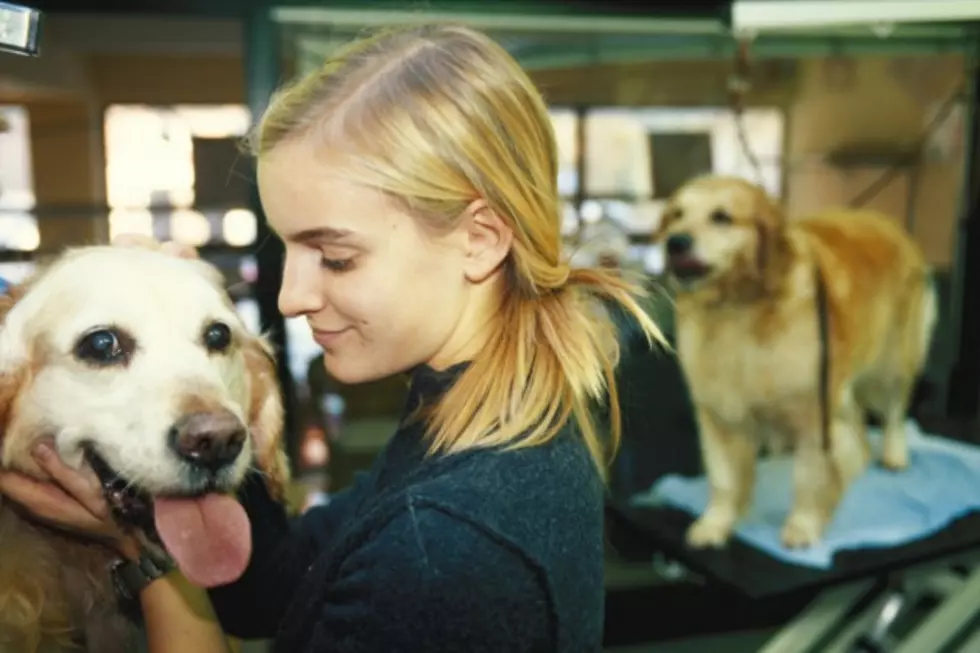
What to Ask When Adopting A Shelter Dog
October is national Adopt A Shelter Dog month, and doctors from BluePearl Veterinary Partners are offering tips to prospective pet parents as they take the big step of adding another member to the family.
Thousands of lovable dogs in shelters are eagerly waiting families to give them forever homes. But that does not mean every dog is a good fit. So adopting families should ask as many questions as possible about a shelter dog’s history, said Dr. Jill Sackman of BluePearl of Veterinary Partners.
And don’t stop there. It’s just as important to ask some questions of yourself, Sackman said.
Sackman is a BluePearl clinician who offers behavioral counseling and serves as senior medical director of BluePearl’s Michigan hospitals. She also is in charge of the behavioral medicine service. She offered these tips for families getting ready to adopt their new best friend from a shelter:
Ask if the shelter has done a behavioral assessment of the dog.
It’s standard procedure at many shelters, and can give you valuable insight into whether a certain dog is right for you, and whether you are right for that dog.
Ask for as much information as possible about the dog’s history.
Dogs grow up to be less anxious if they are exposed to a wide range of new and pleasant experiences before the age of 16 weeks, the puppy’s socialization window. Less anxious, less fearful dogs are not nearly as likely to become aggressive as adults. Your shelter dog will likely be older than 16 weeks, and this is one reason you want to learn about the dog’s background.
Sackman said, “You have to ask the question, what’s my home like? How will my other pets respond? What are my needs? What’s my time investment? Prepare a list of questions about a potential pet. And then ask a lot of good questions about the dog’s history. Why was he surrendered? Was he found as a stray? Was he surrendered from another shelter? Any information that you have can help you better understand how well that animal will fit into your house.”
Ask if you can spend a little time with the dog in the shelter
Especially in a quiet setting, away from a noisy kennel. If the dog is friendly and playful, that’s a great sign. If the dog is standoffish and nervous, that’s something to take into consideration. But remember that even wonderful shelters can be stressful environments for dogs. A dog’s behavior can change after getting to your home.
Consider your own family’s ability to care for a dog.
If you have small children, it might not be the best time to adopt a dog who tends to be nervous, aggressive or needs a lot of time-consuming training. On the other hand, if you’re single with time to devote to training, this might be a challenge you can take on.
Prepare your family for their new dog.
Children, with their rapid movement, high-pitched voices and a tendency to jab fingers anywhere, can be alarming to some dogs. This can sometimes cause dogs to become anxious and snap. So involve your children in the care of your dog – such as helping with the food or water, or having the kids train the dog in basic tasks such as sitting or lying down. But also teach children when to back off – not to hug dogs while they’re eating, for example.
Give the pooch a little space.
“After bringing your dog home, you might keep them in a laundry room or a confined kitchen and not immediately throw them in with all your other pets, if you have other pets. Establish relationships and give them and other pets some time to acclimate,” Sackman said.
What if in spite of everything, my dog acts aggressively to family members or neighbors?
More From 97.5 KGKL








